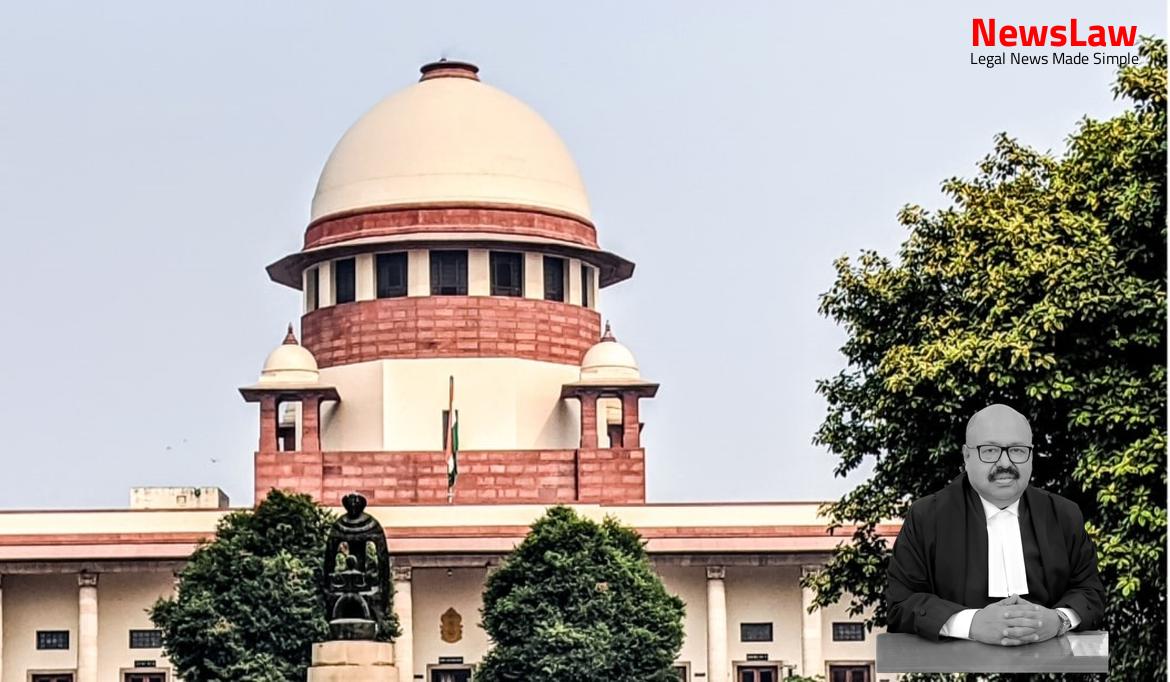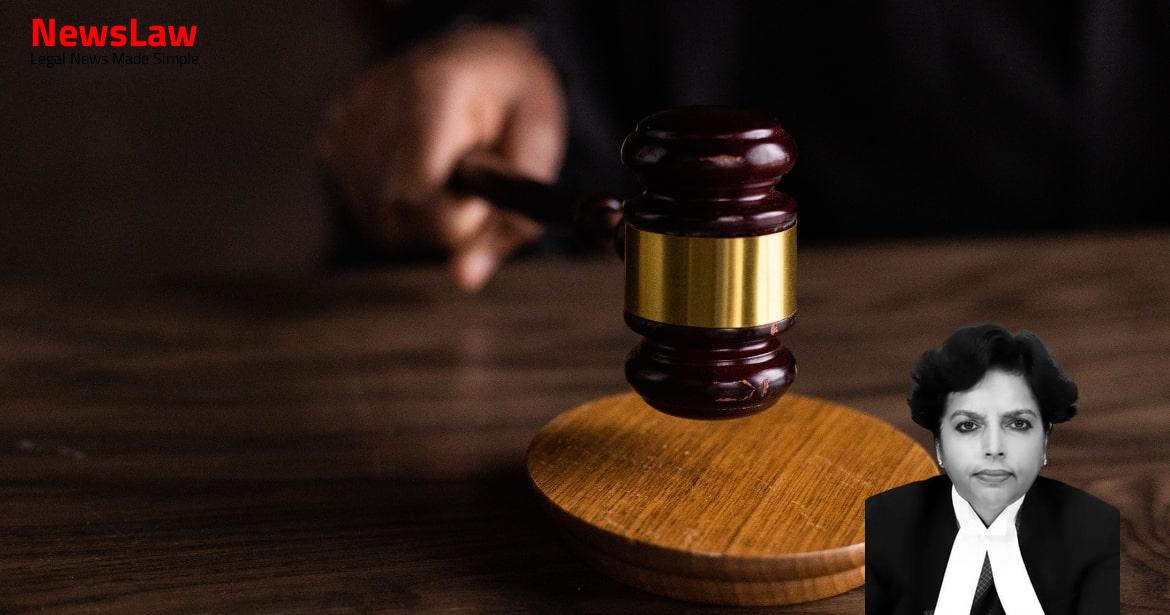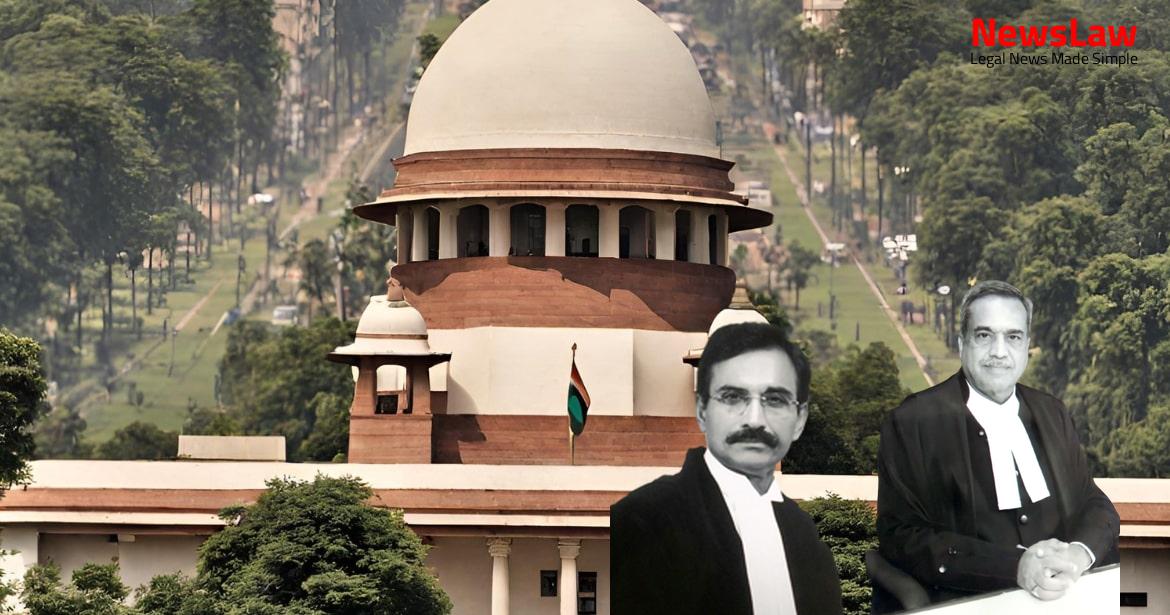In a recent legal case, the court delved into the intricate balance between upholding the right to protest and maintaining public order. The case highlighted the importance of regulating protests in designated areas for the benefit of both protestors and the general public. The court’s legal analysis emphasized the significance of exercising the right to protest responsibly, with due consideration for public order concerns. Stay tuned to learn more about the nuanced approach taken by the court in addressing this complex issue.
Facts
- The petition raised concerns about the protest impacting public ways and roads.
- The protest in question resulted in the closure of the Kalindi Kunj-Shaheen Bagh stretch and the Okhla underpass since December 15, 2019.
- Petitions have been filed before the Court challenging the constitutionality and legality of the Citizenship Amendment Act and the National Register of Citizens.
- There is no stay on the legislation in question.
- Authorities were directed by the High Court to address grievances while considering larger public interest and law and order.
- Respondent authorities were empowered to manage traffic during protests for the public’s benefit.
- Despite the High Court’s directions, the situation persisted, leading to the filing of a special leave petition against the order.
- Protests against the legislation have occurred in Delhi and across the country.
Also Read: Supreme Court Judgment on Single Till Mechanism for HRAB Calculation: A Comprehensive Analysis
Arguments
- Petitioner argued that rights under Article 19(1)(a) and 19(1)(b) of the Constitution of India are restricted only by Clauses (2) & (3), with ‘public order’ being the applicable aspect of restriction.
- The restriction on these rights must be reasonable in nature.
- Petitioner urged for setting future norms to avoid a similar situation.
- Learned Solicitor General cited judicial pronouncements to counter the petitioner’s arguments.
- Petitioner contended that there is an absolute right to peaceful protest in terms of space and numbers.
Analysis
- The protest at Shaheen Bagh, initially against the Citizenship Amendment Act, evolved into a movement of solidarity for women but faced criticism for causing commuter inconvenience.
- Efforts were made by appointing interlocutors to find a solution balancing the rights of protestors and commuters, but the wide range of demands made it challenging.
- The pandemic eventually led to the clearing of the protest site, showing a shift in priorities.
- Despite constitutional challenges, the right to protest was upheld, with the judiciary emphasizing the separation of powers between the Legislature, Executive, and Judiciary.
- Intervention applications by parties claiming to support protestors were also noted.
- Private conversations with protestors revealed differences in views compared to public statements, indicating complexities within the protest movement.
- Even with the onset of the pandemic, a significant number of individuals remained connected to the protest at Shaheen Bagh.
- The State must respect and encourage the rights to freedom of speech and assembly.
- Reasonable restrictions can be imposed on these rights in the interest of sovereignty, integrity, and public order.
- Regulation of protests in designated areas is important to balance social interests.
- Rules requiring prior permission for public meetings must provide clear guidance to prevent arbitrary use of power.
- Technology empowers digital movements but also poses challenges like polarization on social media.
- The right to protest is integral to democracy but must be balanced with public order considerations.
- Demonstrations in designated spaces like Jantar Mantar should be regulated for the benefit of residents and protestors alike.
- Peaceful protests are a constitutional right but must not obstruct public ways indefinitely.
- The right to protest should be exercised with a sense of duty towards maintaining public order.
- The responsibility of respondent authorities to take suitable action is emphasized.
- Suitable action should produce results in clearing public ways of encroachments or obstructions.
- Administration should not use court orders as an excuse to carry out their administrative functions.
- High Court should have monitored the matter instead of disposing of the Writ Petition.
- Lack of negotiations or action by the administration led to the intervention of the court.
Also Read: Selection and Appointment of Judicial Officers in Himachal Pradesh
Decision
- Protests should adhere to legal positions provided above
- Sympathy and dialogue should be considered during protests
- Protests should not escalate out of control
- Appreciation for the difficult roles played by those involved
- Closure of the proceedings
- Parties responsible for their own costs
Case Title: AMIT SAHNI Vs. COMMISSIONER OF POLICE (2020 INSC 579)
Case Number: C.A. No.-003282-003282 / 2020



